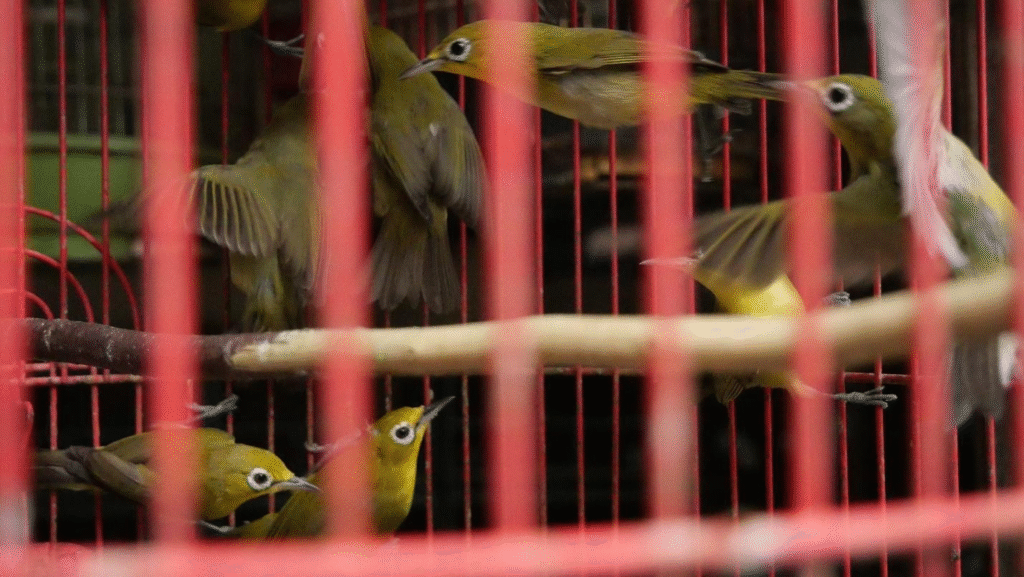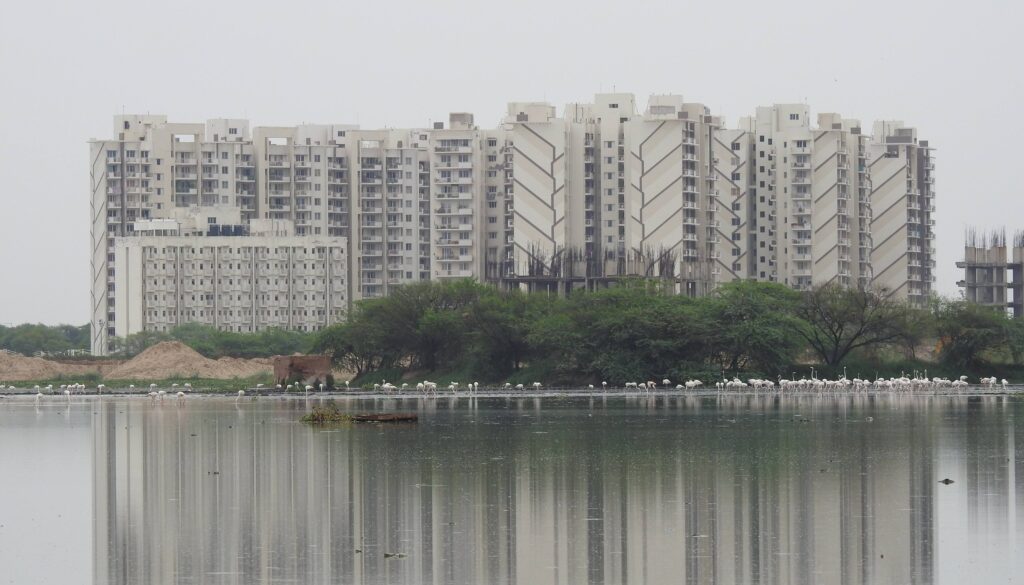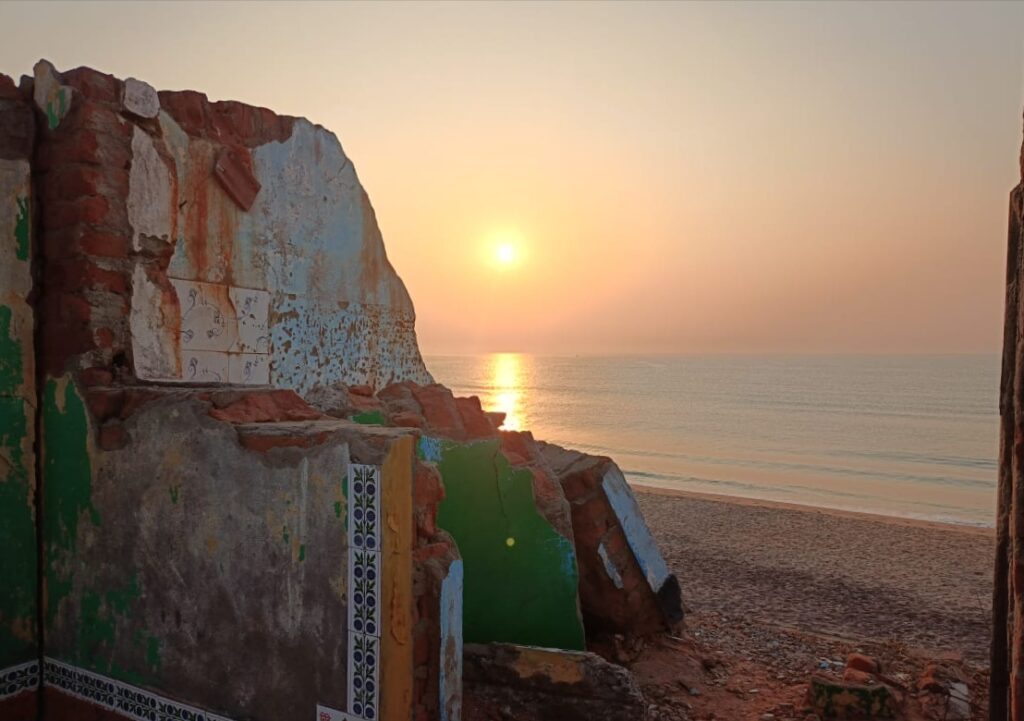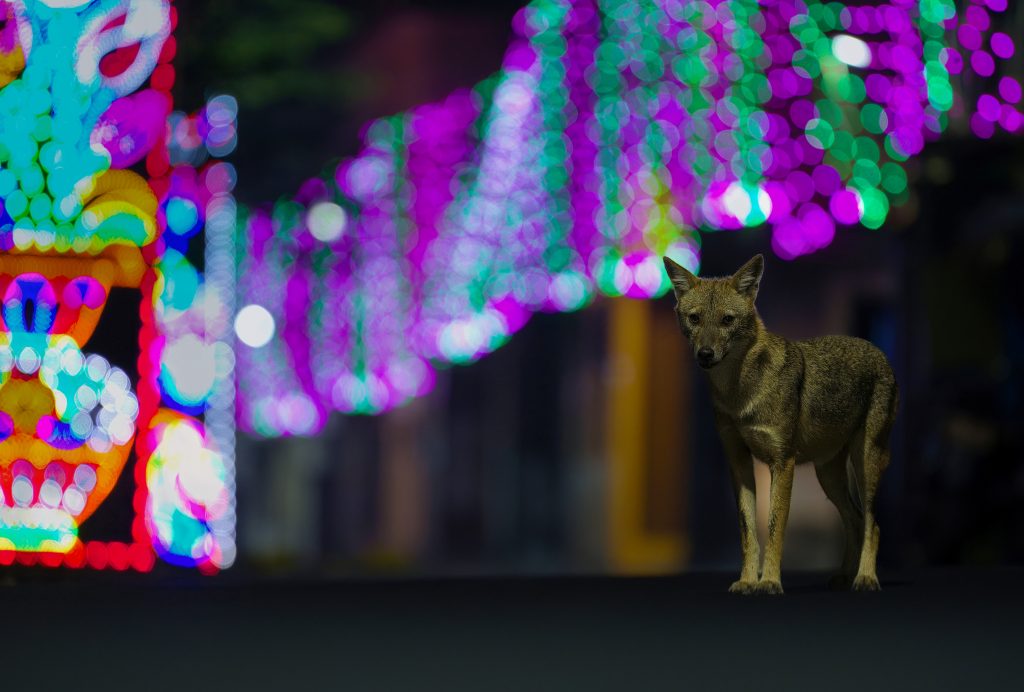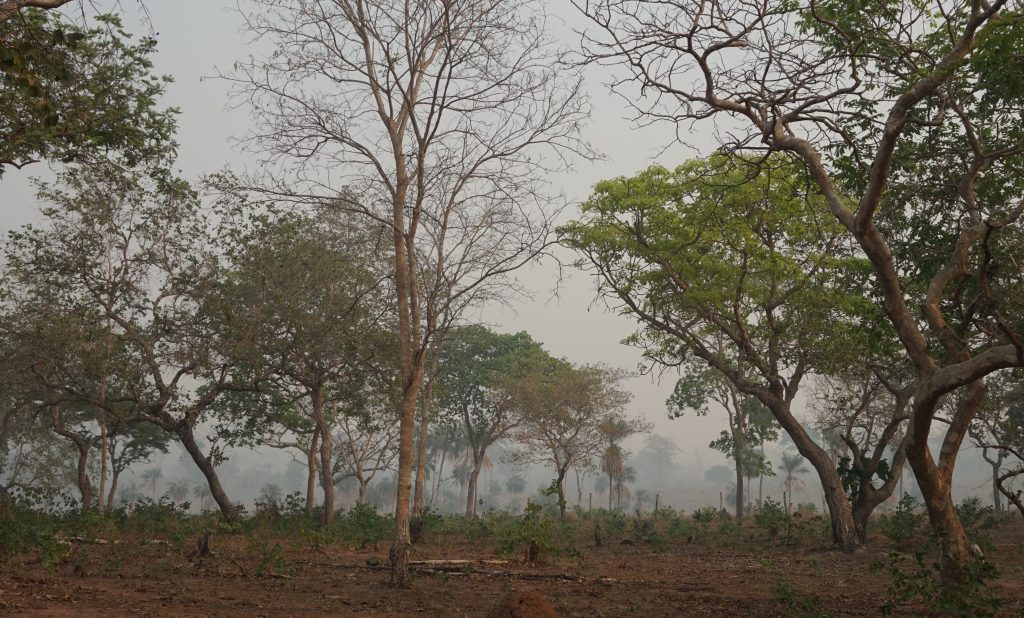Feature image: Flowing down the Brahmaputra River, looking for turtles. Photo credit: Saiyam Wakchaure
Assam is famous around the world for its tea, handicrafts, food and, of course, the greater one-horned rhinoceros. Kaziranga National Park is one of the last remaining refuges for these endangered rhinos in India. It is a lush, biodiverse landscape that is known for its picturesque views and easy access to see rare wildlife. A safari in Kaziranga is replete with sightings of several large species, including elephants and wild water buffaloes, roaming the expansive open landscape, unbothered, unfazed and undaunted. But it’s not just majestic mammals that offer up clear views of themselves to visitors. Surprisingly, freshwater turtles—known as ‘kasav’ in the Assamese language—make appearances too, especially on the ‘turtle trail’ which runs along the Diffolu River.

On a sunny day, a drive drown this trail will reveal bales of Critically Endangered Assam roofed turtles—yes, a group of turtles is called a bale—basking on the unlikeliest surfaces. They are easily identified by a bright pink spot behind the eyes and pointy shells with jagged ends, resembling a tiled rooftop. These acrobats can balance and position themselves on the narrowest of logs and at acute angles, to catch some sun rays. Basking is an important regimen for turtles in order to thermoregulate, and also to keep their skin and shells healthy and free of parasites. If you’re lucky, you can even spot some crafty young ones basking on top of bigger turtles or tumbling into the river as fights break out over prime basking spots.
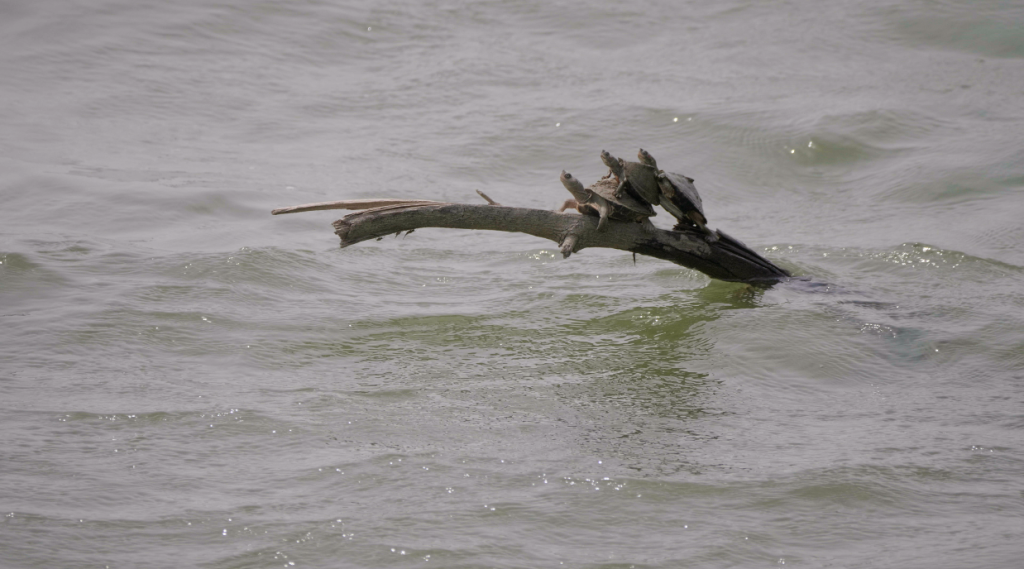
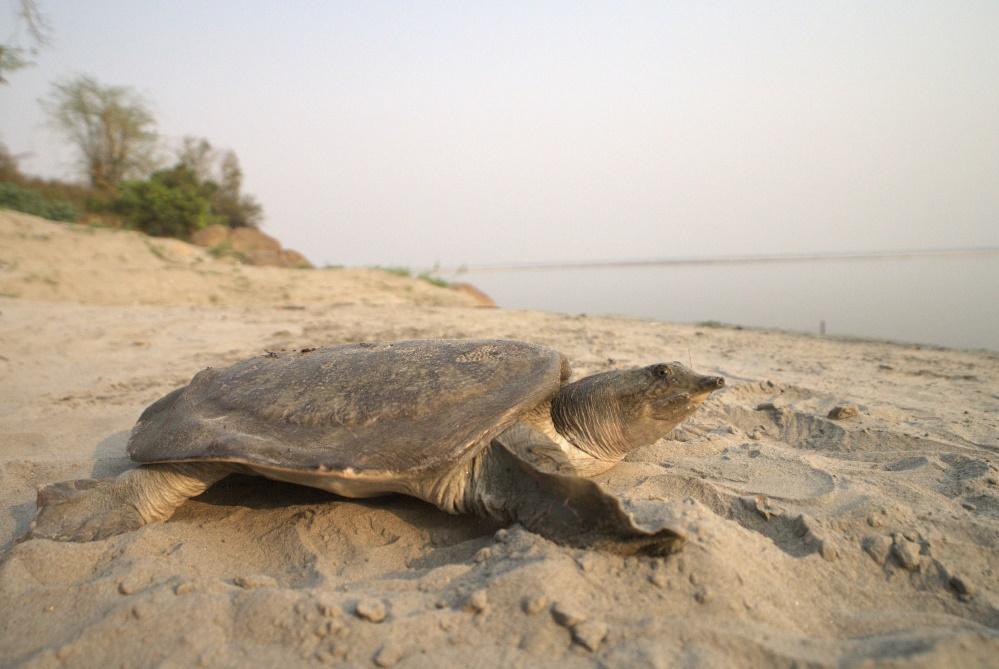
Kaziranga is nestled in the floodplains of the Brahmaputra River, bounded by the rugged hills of Karbi Anglong in the south and the lofty mountains of the Eastern Himalayas to the north. This protected valley is sustained by the mighty Brahmaputra. The river diverges into hundreds of channels that are teeming with aquatic life, while the forested sand islands punctuating the streams serve as important corridors for elephants and tigers.
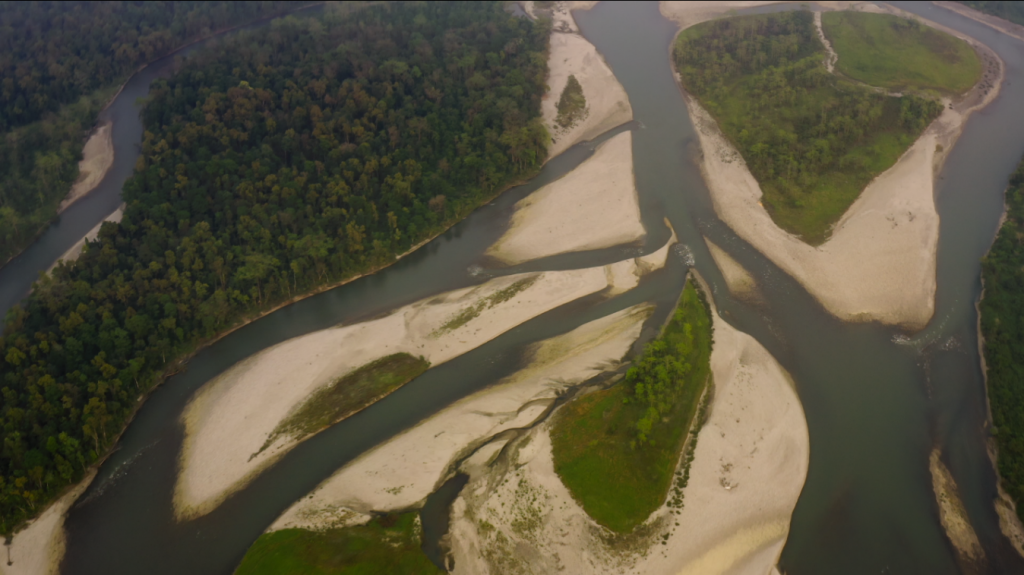
While going on a safari in Kaziranga, one experiences this landscape as a mosaic of habitats, from dense forests and ferocious free flowing rivers to lush swamps, muddy wetlands and reedy grasslands. Although the sanctuary is known for its charismatic megafauna, these diverse habitats support a wide range of flora and fauna, including mahseer fish, Gangetic dolphins, and even the occasional gharial finding a quiet retreat in these channels.
The Brahmaputra floodplains are also a hotspot for as many as 19 species of freshwater turtles. Kaziranga serves as a hideaway haven that still supports healthy populations of up to four large softshell turtle species, with these river stretches serving as undisturbed breeding and feeding habitats for them. It’s rare to find places to sit and observe turtles for hours on end, yet these wetlands provide several spots to do so. If you are patient enough, you can spot the kasavs when they surface, gliding along peacefully and peering at you curiously amidst water hyacinth clumps and moss-covered logs. It is truly a delight to watch them go about their daily routine, living a simple life in a complex, interconnected natural world.
This work is supported by the National Geographic Society.

